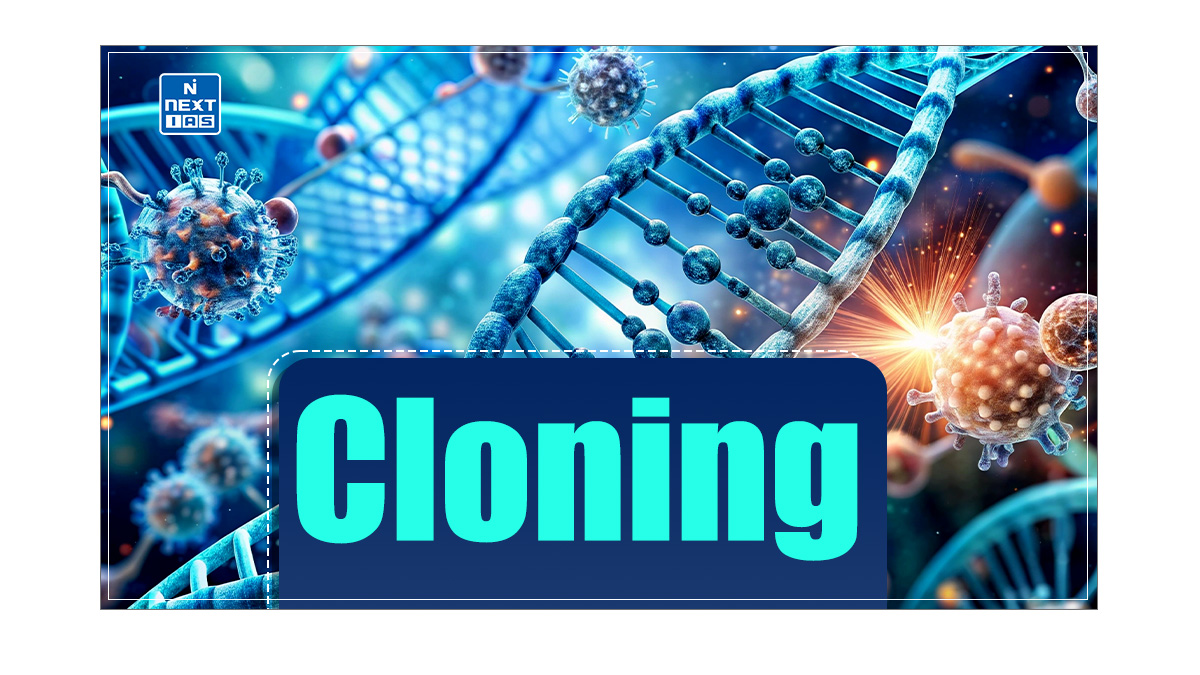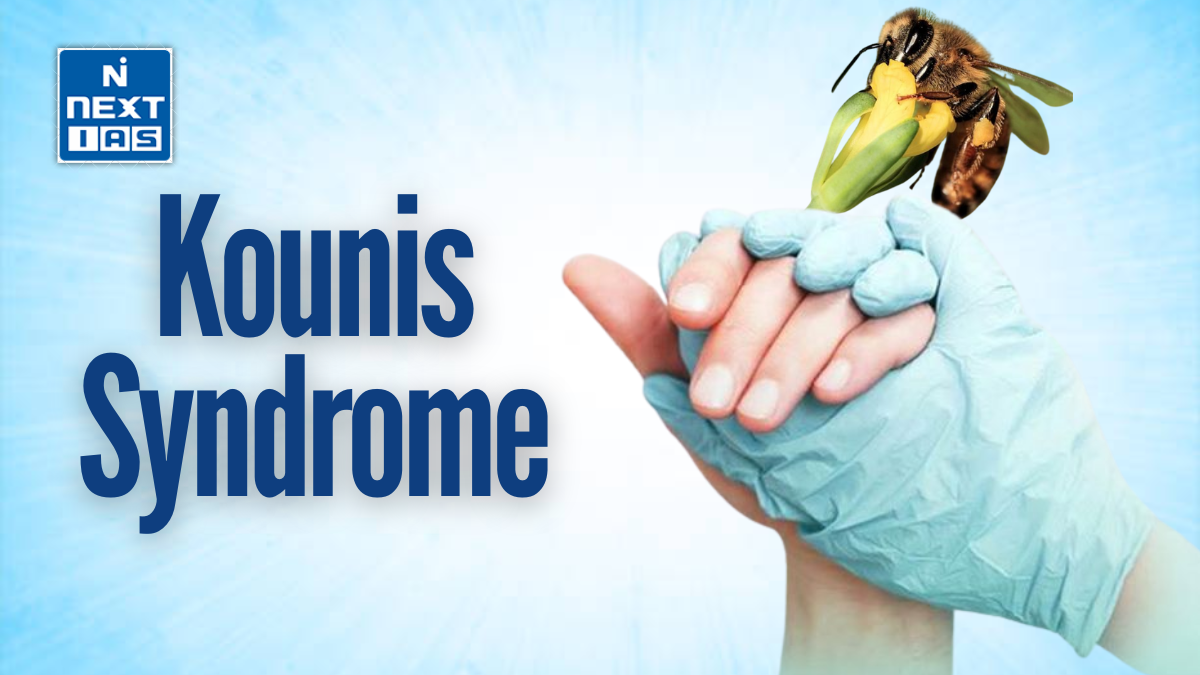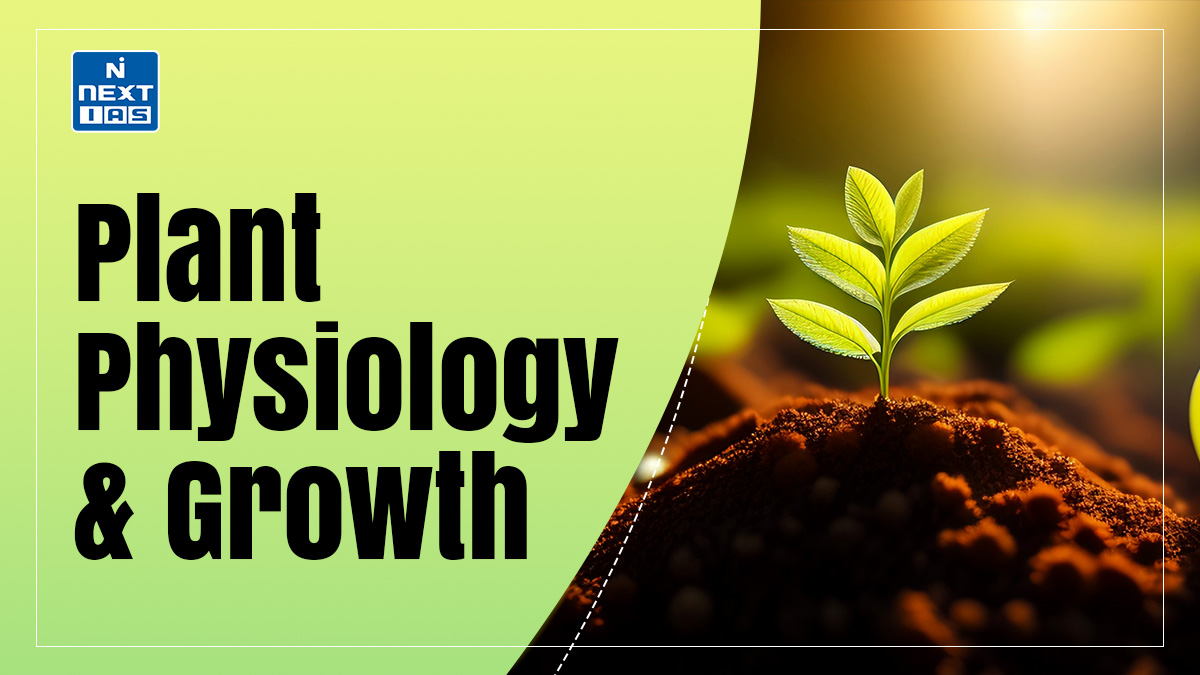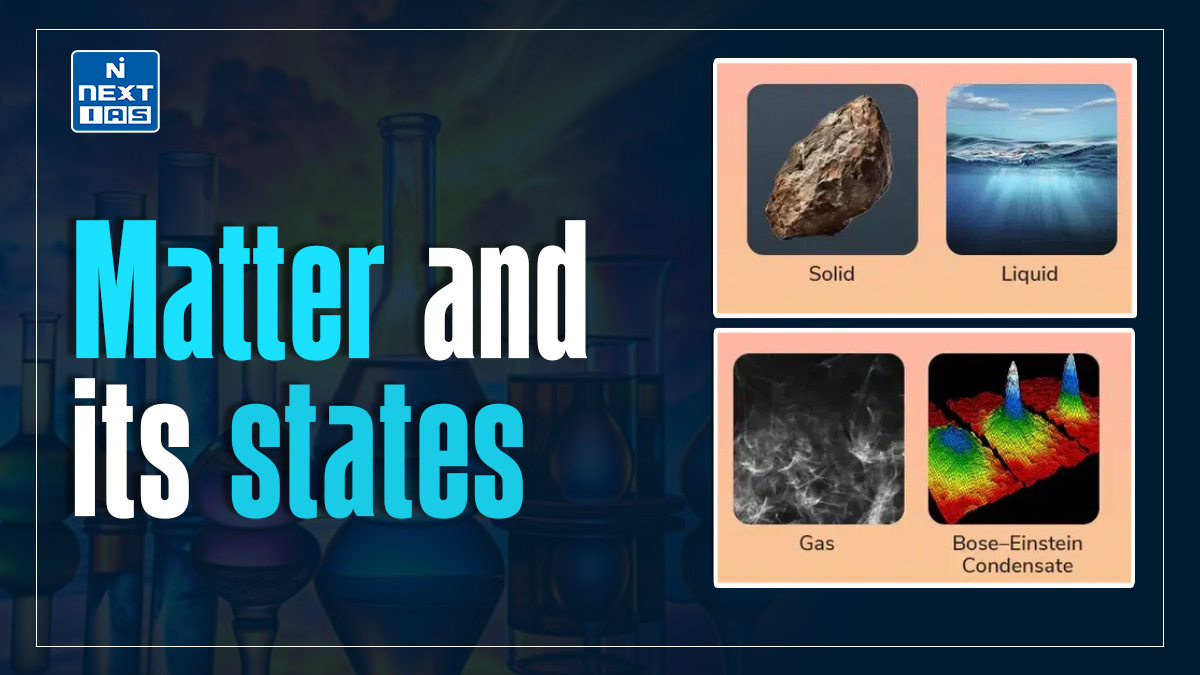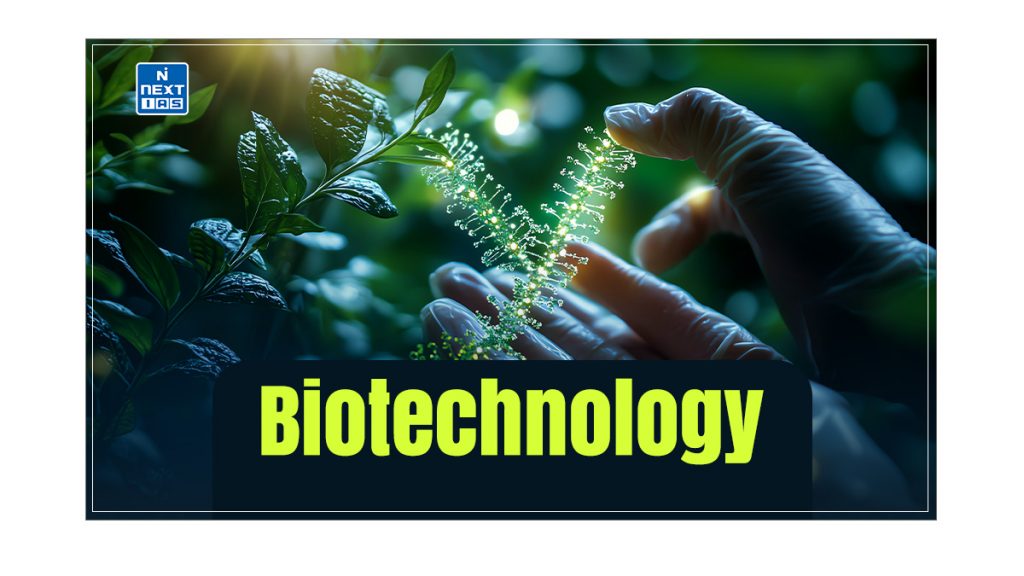
Biotechnology harnesses cellular and biomolecular processes to enhance health and improve lives. For over 6,000 years, humans have utilized microorganisms for food production and preservation. Today, it involves the industrial-scale production of biopharmaceuticals and biologicals using genetically modified microbes, fungi, plants, and animals to address various health challenges. This article aims to provide a comprehensive overview of the Biotechnology and its branches, advantages & more.
What is Biotechnology?
- It is a technology based on biology—it harnesses cellular and biomolecular processes to develop technologies and products that help improve our lives and the health of our planet.
- For over 6,000 years, we have used microorganisms’ biological processes to make useful food products, such as bread and cheese, and preserve dairy products.
- It deals with the industrial-scale production of biopharmaceuticals and biologicals using genetically modified microbes, fungi, plants, and animals.
Branches of Biotechnology
There are some important branches that are given below:
Blue Biotechnology
- It concerns marine and water-borne organisms. It can protect marine organisms from harmful diseases underwater, increase the seafood supply, or extract new active ingredients.
Green Biotechnology
- It is defined as applying biological techniques to plants to improve the nutritional quality, quantity and production.
- The most recent application of biotechnology in this area is genetic modification (GM), also known as genetic engineering, genetic manipulation, gene technology or recombinant DNA technology.
- The collective term “Genetically Modified Organisms” (GMO) is frequently used in regulatory documents and scientific literature to describe plants, animals, and microorganisms with DNA introduced into them through genetic engineering.
- The Green Revolution in India succeeded in tripling the food supply. Increased yields have partly been due to the use of improved crop varieties and mainly due to better management practices and the use of agrochemicals.
- Plants, bacteria, fungi and animals whose genes have been altered by manipulation. GM plants have been useful in many ways. Genetic modification has:
- Made crops more tolerant to abiotic stresses (cold, drought, salt, heat),
- Reduced reliance on chemical pesticides (pest-resistant crops);
- Helped to reduce post-harvest losses;
- Increased efficiency of mineral usage by plants (this prevents early exhaustion of fertility of soil);
- Enhanced nutritional value of food, e.g., Vitamin ‘A’ enriched rice.
White Biotechnology
- It refers to the use of living cells or their enzymes to create industrial products that are more easily degradable, require less energy, create less waste during production, and sometimes perform better than products created using traditional chemical processes.
- It has been used in industrial applications for many years to create food nutrients, washing powders, and other products.
- However, recent scientific advances in genomics, molecular genetics, metabolic engineering, and catalysis, coupled with external factors such as soaring energy prices, renewed environmental concerns, and energy security fears, have combined to make white biotechnology more important than ever.
Red Biotechnology
- Red biotechnology, or medical biotechnology, applies biological techniques to upgrade research and development in healthcare and medicine.
- Breakthroughs in this and associated scientific fields have revolutionised the practice of medicine.
- Today, we have newer and simpler tests for more accurate disease diagnosis, genetic and proteomic tests that allow for disease prevention, and the possibility of gene therapy to cure previously incurable diseases.
- It has been most productive in diagnostics. Recombinant DNA technology, Polymerase Chain Reaction (PCR), and enzyme-linked Immunosorbent Assay (ELISA) are some of the techniques that serve the purpose of early diagnosis. Apart from this, producing upgraded and better pharmaceuticals is also a significant application.

Advantages of Biotechnology
- Improved Healthcare:
- Development of new vaccines, medicines, and gene therapies.
- Early diagnosis and personalised treatments through genetic testing.
- Agricultural Benefits:
- Genetically modified (GM) crops with higher yields and pest resistance.
- Drought-resistant and nutrient-rich crops to combat food insecurity.
- Environmental Protection:
- Bio-remediation to clean pollutants from soil and water.
- Production of eco-friendly biofuels to reduce carbon emissions.
- Industrial Applications:
- Enzymes for more efficient chemical processes in food and textile industries.
- Biodegradable plastics to reduce plastic pollution.
- Economic Growth:
- Creation of new industries and job opportunities in biotechnology.
- Boost to sectors like pharmaceuticals, agriculture, and energy through innovations.
Conclusion
Biotechnology is crucial in shaping the future by combining biology with technology to create innovative solutions for some of the world’s biggest challenges. With healthcare, agriculture, environmental science, and industry applications, biotechnology improves the quality of life through disease treatments, sustainable food production, eco-friendly technologies, and efficient industrial processes. As advancements continue in genetic engineering and bio-manufacturing areas, biotechnology holds immense potential to address pressing issues such as climate change, food security, and healthcare challenges, driving sustainable growth for future generations.
Frequently Asked Questions (FAQs)
Who is the father of biotechnology?
Károly Ereky (1878-1952) is regarded as the “father of biotechnology” for introducing the term in 1919.
Who is the Indian father of biotechnology?
Professor V. L. Chopra is recognized as the father of biotechnology in India and played a key role in enhancing wheat production in the country.
What are the achievements of India in the biotechnology sector?
1. India’s 1st indigenously developed quadrivalent Human Papilloma Virus (qHPV) vaccine, CERVAVAC, against cervical cancer, supported by DBT and BIRAC received market authorization in July, 2022.
2. The first gene therapy clinical trial for Hemophilia A in India has been approved by the Central Drugs Standard Control Organisation (CDSCO).
3. Pan India Genome India project: A total 14,529 study participants have been enrolled so far and their phenotyping, blood biochemistry assessed.
4. Data Driven Research to Eradicate TB – “Dare2eraD TB”
5. Indian TB Genomic Consortium: This is a joint initiative of MoS&T and MoH&FW led by the DBT, aimed at performing Whole Genome Sequencing of 32,500 TB strains and applying AI based methods for prediction of drug resistance, strain lineage, etc. This is aligned with ‘TB Mukt Bharat’ initiative of Govt. of India. And many more.

